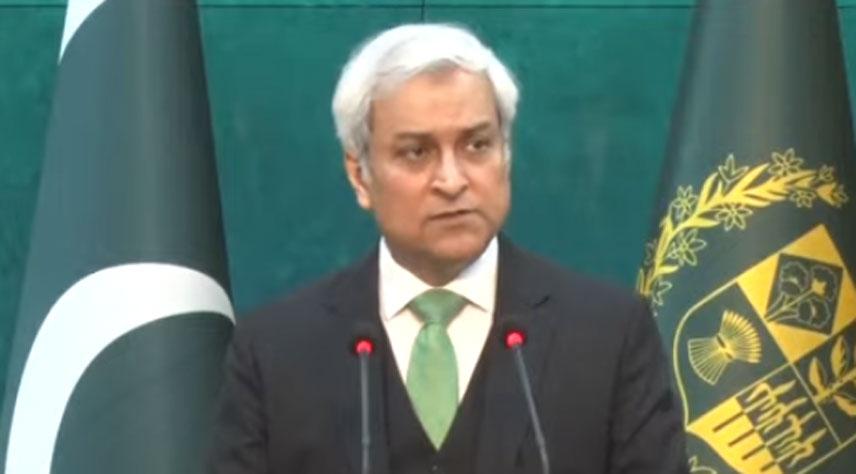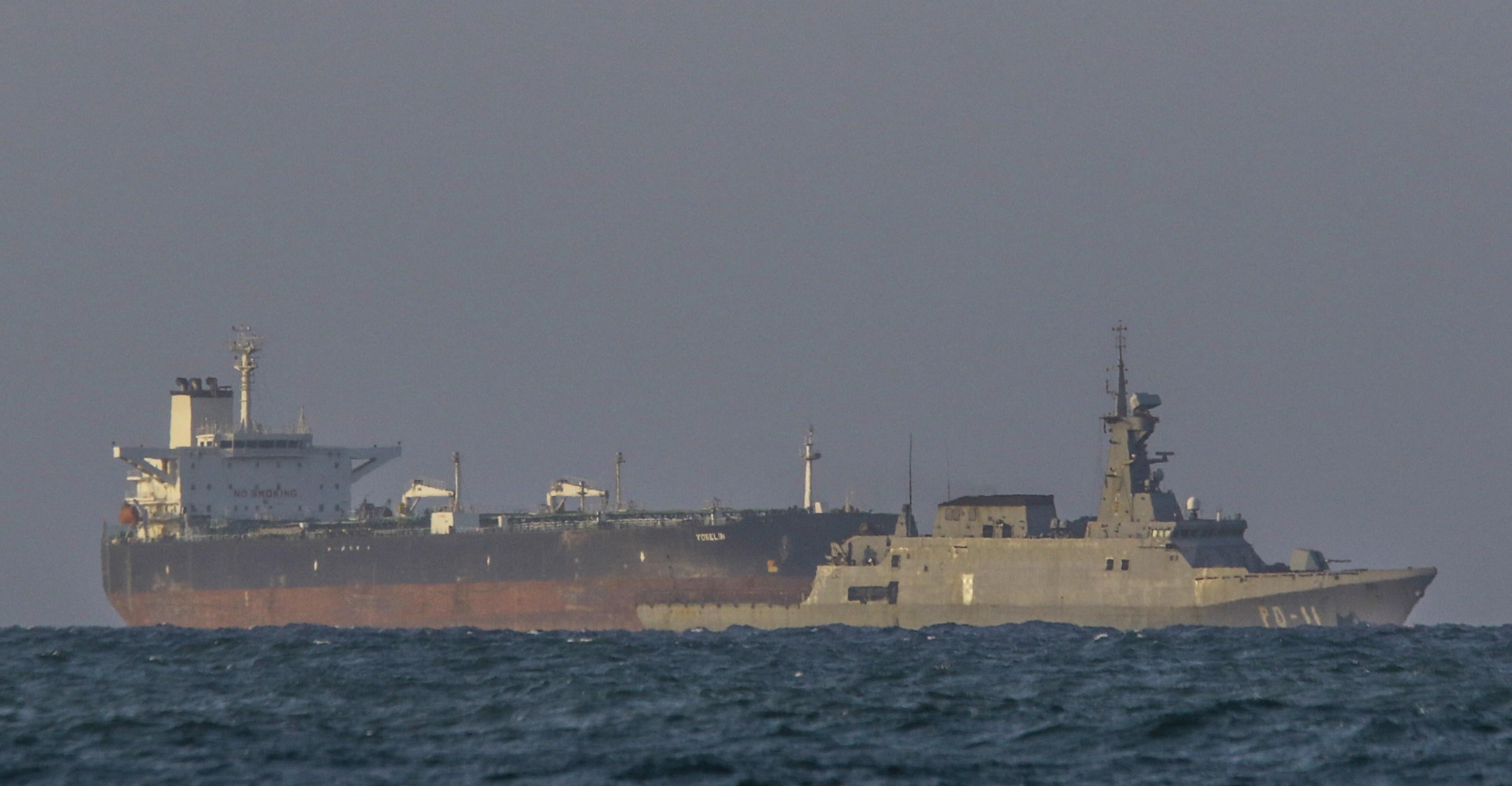We hit record-high travel this summer. And record-high misery, too.


More than 240 million people in the US flew somewhere between June and Labor Day, according to the Transportation Security Administration — about 7 million more than in summer 2019.
Air travel is back. But it’s most definitely not back to normal.
Horror stories of interminable delays and vacation-wrecking cancellations came from every corner of the country this summer — caused not just by storms and extreme heat, but also labor shortages. Befuddlement at how much pricier it has become to fly mounted, too.
For travelers, taking to the skies feels like it has reached a nadir. Not only were there bigger crowds and more delays to contend with at airports, but when delays happened, they caused more stress than usual. A recent Forbes Advisor survey of 2,000 travelers found that 61 percent had experienced a flight delay or cancellation this summer, and most of that 61 percent lost some money due to the delay — cash lost on prepaid hotel rooms, missed cruises, parking fees, and even kenneling pets.
Some of the problems are a temporary bump in the runway as the industry gets used to high numbers of travelers again, but some of the most deep-seated causes of passenger disgruntlement might be here to stay.
“Things that may not have upended the entire system in the past — thunderstorms on the East Coast in the afternoon — now seem to have ripple effects throughout the entire system,” says John Breyault, who is the vice president of fraud policy at the National Consumers League and leads its airline advocacy program. “I think that’s symptomatic of a system that is really overtaxed in every way.”
Here’s what we learned from this summer’s travel debacles:
Climate change is straining a fragile industry
Mass flight delays and cancellations happen because of bad weather. Thunderstorms, hurricanes, tornadoes, or even extreme heat aren’t new, but record-breaking temperatures and more frequent weather disasters in the past year added stress on the air travel industry. In December 2022 and July 2023, a series of storms across the country caused a torrent of flight delays that stranded thousands of passengers during busy holiday seasons. Last month, as Hurricane Idalia made landfall in Florida, more than 1,000 flights were delayed across the South.
The weather this summer did more than create delays; it laid bare just how unprepared the aviation industry is for handling any shocks. Weaknesses that might have gone unnoticed by passengers before — like aging, sparse fleets, or difficult conditions for workers, such as extreme heat — suddenly became glaringly obvious, adding to the cascading effects of bad weather and creating disruptions lasting for days. The Bureau of Transportation Statistics says that consumer complaints against airlines have soared by more than 300 percent since 2019. (The most common type of complaint was not getting the refund for canceled flights, which airlines are required to give. The second most common was flight delays and cancellations.)
A single hour-long delay might not seem like a huge deal, but the problem is amplified when airlines are overscheduled — one late flight bumps all the others after it — and when there aren’t enough planes or staff across various airports to accommodate a sudden change in plans. In its most recent earnings call, United Airlines said that its thousands of delays and cancellations in the leadup to the Fourth of July holiday had cost the company 1 point of profit margin for the entire quarter. According to trade association Airlines for America, flight delays in 2022 likely cost the industry billions of dollars.
“We are getting a very real preview of what our new normal will be like for summer travel,” says Henry Harteveldt, a travel industry analyst and president of Atmosphere Research Group. “The first storm tosses Humpty Dumpty off the wall, but sequential storms make it harder to put Humpty Dumpty back together again.”
The labor shortage is sky high
There’s still a widespread shortage of workers in the industry, including pilots, flight attendants, airport workers, and air traffic controllers. Airline employment data from June 2023 shows higher numbers than June 2019, but the industry is still clamoring for more workers. Currently, according to one estimate, US airlines need 8,000 more pilots to fulfill demand. The Bureau of Labor Statistics estimates there will be more than 16,000 job openings for pilots and flight attendants each year between now and 2032.
A labor shortfall becomes especially apparent when something goes wrong: When there aren’t enough people to fill crucial jobs, everything has to slow down, or else risk disaster. A recent New York Times report revealed that near-crashes between planes taking off and landing have become more common because of mistakes by air traffic controllers, who are overstrained amid chronic staff shortages. The Federal Aviation Administration has hired 1,500 air traffic controllers this year, but still wants to hire 1,800 more next year.
Flight delays weren’t just more common. They were more irritating.
While there have been more delays this year than usual, cancellations are actually down. According to data from the Bureau of Transportation Statistics (which currently only has numbers through May), 20.8 percent of flights were delayed so far in 2023, compared to 18.8 percent in 2019. The average length of delay in 2023 is 53 minutes, just 3 minutes longer than in 2019, according to flight tracking site Flight Aware.
So what’s creating such horrid air travel vibes? One possibility is that there are more travelers now than in 2019, but fewer commercial aircraft are flying, meaning passengers have fewer chances to reroute or get on the next flight when delays happen, leaving them stuck in limbo longer. When over 15,000 flights were axed during the infamous Southwest cancellations last winter, not only outdated tech, but also aggressive overscheduling created a huge domino effect on the system. Delays can have serious consequences for travelers, not just causing people to miss important life events, but in some cases limiting their access to food and water while they’re stuck on a plane for hours. American Airlines was recently fined a record $4 million for hours-long tarmac delays during which it did not allow passengers to deplane.
Extra fees feel unavoidable, and they’re here to stay
Over 22 million more travelers crowded the airports this summer than last — some of them flying for the first time in years — and many were freshly reminded of what’s now the industry standard of nickel-and-diming passengers for checking bags and choosing seats. In the early 2000s, it was mostly ultra-low-cost carriers charging extra to check luggage. But since then, even full-service US carriers are creating basic economy fares that tack on bag and seat fees.
“Drip pricing” for services that used to be included with airfare only piles onto the exasperation travelers feel. According to an analysis by the airline consultancy IdeaWorks, top US airlines demand $33 on average for a preferred seat (which is usually closer to the front of the plane), $48 for an exit-row seat (where there’s more leg room) and $18 for a last-row seat. These are “junk fees” to consumers and the White House, but to airlines, they’re a cash cow. Take United, which made a record $1 billion in revenue just from bags and seats fees from April to June. Having multiple types of seat upgrades “is a key driver of our revenue growth,” United executive Andrew Nocella said in the company’s most recent earnings call. And just look at baggage fees: Last year, top airlines made about $6.7 billion in baggage fees, a spike from the $5.7 billion they made in 2019, despite more flyers that year.
Airline perks and deals were harder to come by
The race to the bottom isn’t going unnoticed by travelers. Flying is becoming more stratified; class divisions feel more heightened than ever, and having frequent flyer status with an airline is more valuable. Airlines know this too, and in response to an inundation of passengers attaining “elite” status, many have upped the threshold to join, limiting airport lounge access to higher membership levels or raising lounge fees.
“I have spoken with airline managers and executives who have said that part of the reason that the standard coach product is so bad is intentional,” says Harteveldt. “They want to get more people paying extra and trading up to a better product. America can claim to be egalitarian, but that claim ends at the airport door.”
Airfare has dropped since reaching new highs last summer, but is still elevated. “This has been one of the worst years I can ever remember for flight deals,” says Ben Mutzabaugh, senior aviation editor at The Points Guy, a popular travel site. Meanwhile, leisure travelers with disposable income have shown a surprising willingness to spend. “A lot of times they’re willing to just buy business-class tickets — we see much more of that now than we did before the pandemic.”
The stark contrast in travel experience between the haves and have-nots may be fomenting resentment on one end and arrogance on the other. Airports and even flights are becoming an all-too-common setting for viral videos of travelers losing their tempers.
Reports of “unruly passengers” — people airlines report for causing a disturbance on flights — skyrocketed amid mask mandates in 2021, almost reaching 6,000 reports, according to Federal Aviation Administration data. In 2019, there were just 1,161.
This is the new normal — unless airlines are forced to change
Some of the annoyances travelers experienced this summer will remain unavoidable in coming months. Increasingly frequent bad weather will keep walloping flights; that’s the reality of the climate crisis.
Airlines have learned some lessons from this summer’s onslaught of demand. The biggest are to hire more workers and have more spare planes on the ground in case of emergencies, but also to leave more slack in scheduling flights. Airlines have been on a hiring spree, and experts say the worst of the pilot shortage will probably be over by next summer.
But some of the other bugbears of air travel — like airlines’ worst anti-consumer practices — aren’t likely to go away without antitrust action. Much of what we hate about taking to the skies today can be blamed on industry consolidation after the airlines were deregulated in the late 1970s. A handful of airlines — United, Delta, American, and Southwest — control about 80 percent of the domestic market. “Since the government let the industry become a permanent oligopoly, there is zero risk that competition will discipline fee increases,” Hubert Horan, a transportation analyst, told Vox in an email.
The Biden administration has signaled a desire to rein in airlines’ worst practices, voicing support for a policy requiring airlines to disclose all fees from the beginning of a fare search rather than showing a deceptive base fare that will significantly rise as seat and bag fees are added. The administration has also urged Congress to mandate airlines to seat families together for free. But these rules don’t actually exist yet. (A few airlines have voluntarily offered free family seating.)
Under Secretary Pete Buttigieg, the Department of Transportation has revved up its enforcement actions; not only did it order American to pay up, the department has also been levying millions in fines to airlines that didn’t refund customers in a timely manner. Breyault, of the National Consumers League, says that these are steps in the right direction but that the DOT hasn’t used the full force of its authority. By the NCL’s accounting, the frequency of enforcement and the amount of money fined has decreased over the years. Breyault calls even the historic $4 million fine “a rounding error to a company the size of American.”
A flight delay doesn’t have to entirely ruin a vacation, and maybe we don’t have to pay an arm and a leg just to have a pleasant flying experience. But if flying during the high season continues to be awful, that could turn off customers and ultimately dampen demand.
“I don’t think that this is sustainable,” says Breyault.

Pakistan voices concern over manipulation of flow of Chenab River by India
- 13 hours ago

When your AI boyfriend gets you better than your spouse
- 14 hours ago

LG enters the RGB LED fray in 2026 with the Micro RGB evo TV
- 43 minutes ago
Dolphins' McDaniel opens door to benching Tua
- 13 hours ago
Jets release receiver Lazard, last Rodgers-era link
- 13 hours ago

Trump is recruiting Big Tech workers for the government
- 44 minutes ago

Bungie’s delayed shooter Marathon launches in March
- 43 minutes ago
Browns LB Bush found not guilty in assault trial
- 13 hours ago
25% Decline in foreign investment in Pakistan:State bank report
- 9 hours ago

Who is Picea Robotics, Roomba’s new owner?
- 43 minutes ago

The PS5, PlayStation Portal, and Sony’s DualSense are still on sale for a limited time
- 43 minutes ago

Mayor emphasises importance of waste-to-energy projects for Karachi
- 7 hours ago









